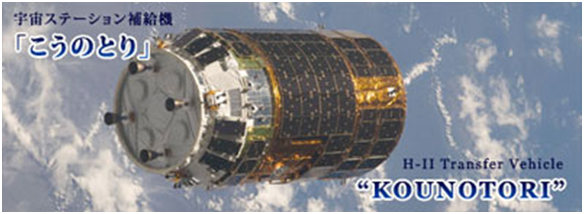One of the big problems for the future of spaceflight is the growing amount of junk in Earth Orbit. The human race is certainly careless about littering space. "Old satellites, spent rocket stages, fragments from disintegration, erosion, and collisions" have produced almost two hundred million pieces of space trash smaller than a half inch, about seven hundred thousand pieces from a half inch to four inches, and almost thirty thousand bigger pieces. The US is tracking about eighteen thousand objects in space, only fifteen hundred of which are operational satellites.
This space junk threatens existing satellites and it is estimated that if current trends continue, the human race may actually block itself from launching manmade objects into space. There have been suggestions and designs for systems to remove space trash but so far, only a few tests. Ideas include tethers to drag large objects into the atmosphere where they burn up, to nets and robot arms to grab smaller objects in space.
Scientists at the Japan Aerospace Exploration Agency (JAXA) have just launched a space junk collector on a cargo ship called a "Kounotori" (which is Japanese for "stork") bound for the International Space Station. The new system consists of thin wires of stainless steel and aluminum referred to as tethers. The spacecraft will rendezvous with large pieces of space debris and attach the tether to the object. Then the dangling wires will interact with the electrical field of the Earth and exert a drag on the object. Eventually, the drag from the tether will kill enough of the orbital momentum of the object to cause the orbit to decay and the object to burn up in the atmosphere.
JAXA worked for ten years to create the new tether system in collaboration with Nitto Seimo, a Japanese fishnet manufacture. The plaiting system of the fishnet company was used to intertwine the thin wires of stainless steel and aluminum which were difficult to work with. The tethers being used in this experiment are about twenty three hundred feet long. However, they will have to be two to four times as long to actually function as intended.
JAXA would like to put their new tether system into regular operation in about ten years. They have already tested deployment of a thousand foot tether in orbit. They have also tested the way in which the electrical field of the Earth interacted with the deployed tether. The current test consists of the launch and deployment of the new craft that carries and attaches the tethers. The next test will be to test will be to actually attach a tether to a targeted object in space. There are also designs that provide for tethers to be attached to objects in space and then reel them in for capture by the spacecraft.
There will have to be a lot more work done on the capture of space debris in the near future if we want to keep our path to space open for the future.
